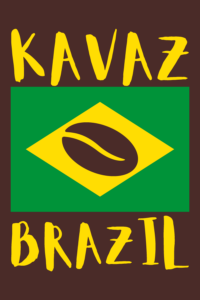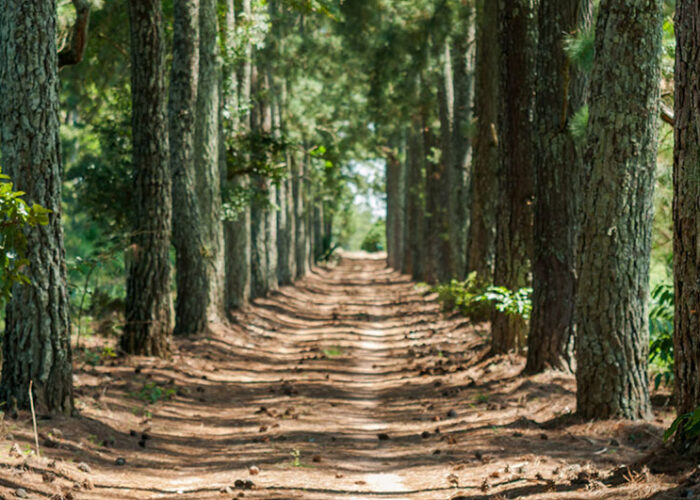The history of this Brazilian coffee plantation begins with the arrival of Mrs. Thereza Tomásia and her family in 1820, attracted by the waters of Araxá that promised health, and youth in abundance. In 1950, Alberto Castro Alves (in memory), great-great-grandson, started planting coffee, becoming one of the region’s pioneers.
The family went through difficulties in 1975, when a strong frost burned the coffee they planted, which was not enough to make them give up on their coffee-growing goals. The passion for coffee made Fazenda Barinas rise again and become the model it is today, with the 7th generation at the helm of the business.
A mix of history, faith, and mystery is what exists at Fazenda Barinas, the name Barinas means in the indigenous language “where the wind blows strongest”. The owner Márcio Borges named it after the Araxás Indians, who previously lived in the region. People say their souls return at night to protect the property’s coffees.
Lands of geological formation and mineral wealth such as sulfurous waters, niobium, and apatite surround Fazenda Barinas – lands where prehistoric mammals walked and lived.


